Search
Search Results
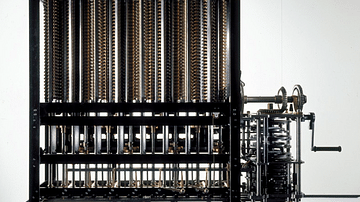
Image
Difference Engine
The Difference Engine was invented by the Englishman Charles Babbage (1791-1871) in 1822. This example is a modern model of Babbage's Mark II, designed c. 1848. Like most other inventions of the Industrial Revolution, Babbage built on the...
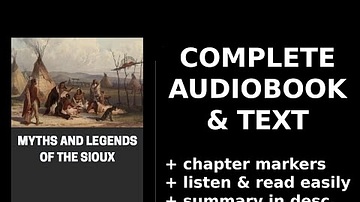
Video
Myths and Legends of the Sioux. By Marie L. Mclaughlin. FULL Audiobook
Myths and Legends of the Sioux. By Marie L. Mclaughlin. Full Audiobook "Myths and Legends of the Sioux" is a collection of stories that are deeply rooted in the indigenous culture of the Sioux tribe. The book is authored by Marie L. McLaughlin...
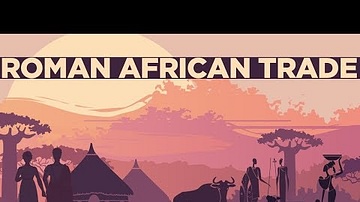
Video
Roman Trade with Africa DOCUMENTARY
We are continuing our new animated historical documentary series on the Roman trade and economy with a video on the trade with Africa. Previously we have covered the Roman trade with India https://www.youtube.com/watch?v=eDTaOOVbxLs and the...
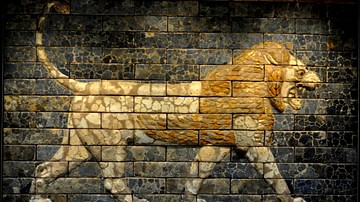
Definition
Mesopotamian Art and Architecture
Ancient Mesopotamian art and architectural works are among the oldest in the world, dating back over 7,000 years. The works first appear in northern Mesopotamia prior to the Ubaid Period (c. 5000-4100 BCE) and then developed in the south...
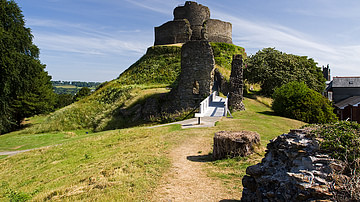
Definition
Motte and Bailey Castle
The motte and bailey castle was an early form of medieval fortification especially popular with the Normans in northern France and Britain during the 11th century CE. A single tower was built on (or partially within) the motte or earth mound...
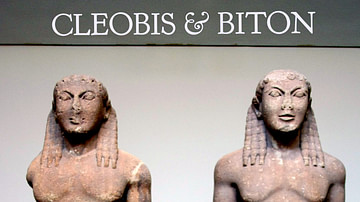
Definition
Cleobis and Biton
Two over-life-size Archaic kouroi (6.5 ft / 2 m) are housed at the Delphi Museum, and date to c. 580 BCE. Their names (Cleobis and Biton) are actually written on their bases, and the sculptor is given as Polymides of Argos: such inscriptions...
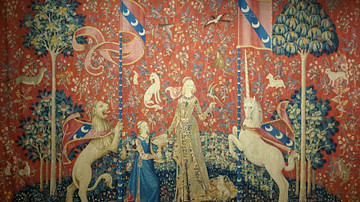
Image
The Lady and the Unicorn: Taste
The Lady and the Unicorn are six tapestries depicting a medieval lady in various poses. Each scene depicts one of the five senses; the sixth scene is labelled À Mon Seul Désir ("to my only desire") whose meaning is unclear. Historians attribute...
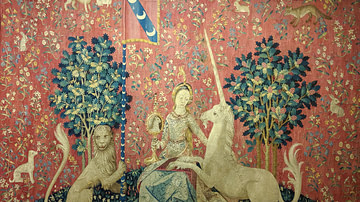
Image
The Lady and the Unicorn: Sight
The Lady and the Unicorn are six tapestries depicting a medieval lady in various poses. Each scene depicts one of the five senses; the sixth scene is labelled À Mon Seul Désir ("to my only desire") whose meaning is unclear. Historians attribute...
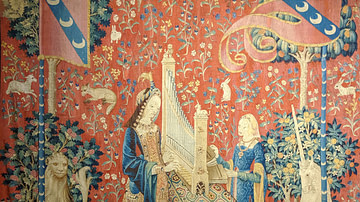
Image
The Lady and the Unicorn: Hearing
The Lady and the Unicorn are six tapestries depicting a medieval lady in various poses. Each scene depicts one of the five senses; the sixth scene is labelled À Mon Seul Désir ("to my only desire") whose meaning is unclear. Historians attribute...
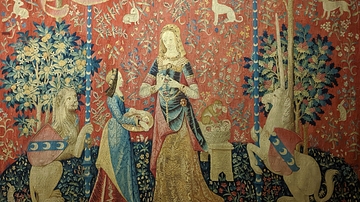
Image
The Lady and the Unicorn: Smell
The Lady and the Unicorn are six tapestries depicting a medieval lady in various poses. Each scene depicts one of the five senses; the sixth scene is labelled À Mon Seul Désir ("to my only desire") whose meaning is unclear. Historians attribute...